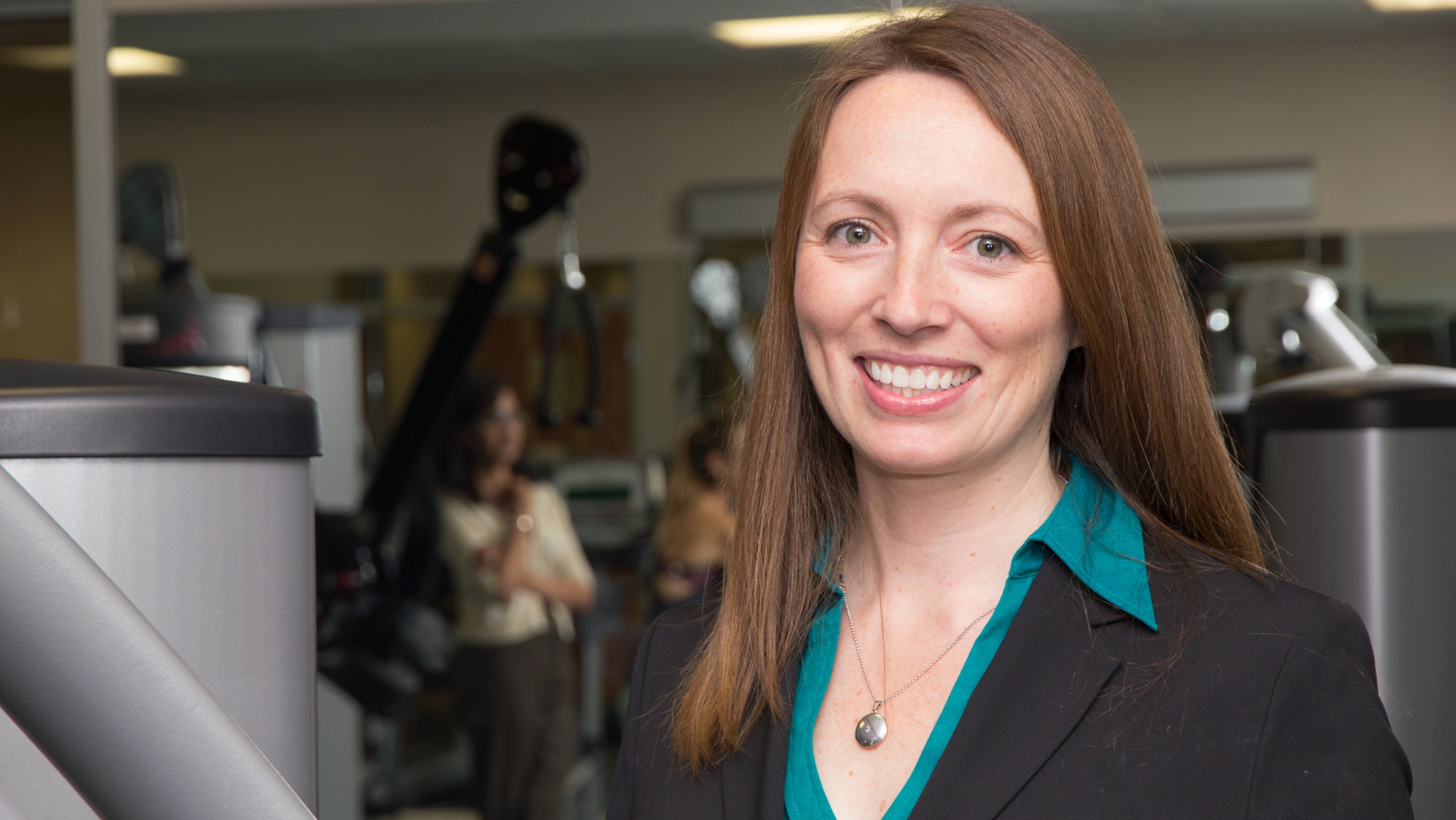Pregnant women are now able to easily and quickly determine whether they should be exercising thanks to a new one-of-a-kind tool developed in collaboration with researchers at the University of Alberta.
The Get Active Questionnaire for Pregnancy, newly published by the Canadian Society for Exercise Physiology, guides pregnant individuals through a series of yes/no questions to confirm whether it is safe to exercise during pregnancy, and identify the small number of individuals who should seek medical advice before starting or continuing to exercise.
Margie Davenport, a U of A pregnancy researcher in the Faculty of Kinesiology, Sport, and Recreation, who led the development of the questionnaire, explained that previous guidelines—no matter the score—urged women to speak to their health-care provider before beginning or continuing to be physically active during pregnancy. This, she said, created a major barrier to participation.
“We realized the need to develop a new questionnaire, one that didn’t get in the way of women being physically active during pregnancy, which was the case with the previous version,” said Davenport, who is also a member of the Women and Children’s Health Research Institute. “What we have now is the only tool of its kind in the world.”
Leaning on the 2019 Canadian Guideline for Physical Activity Throughout Pregnancy—which determined that physical activity during pregnancy is safe and can cut the odds of developing a major complication by at least a quarter—pregnancy experts from around the world formed the Get Active Questionnaire for Pregnancy Working Group. Their goal: to develop a pre-participation tool that allows women to self-identify if they are at increased risk for developing a medical condition that would prevent them from being active.
“If you answer yes to any of the questions, then you're recommended to go speak to your health-care provider, but if you answer no to all, essentially you're cleared to be able to be physically active,” said Davenport.
She added that the COVID-19 pandemic has made physical activity more important now than it has ever been for pregnant women—particularly from a mental health perspective.
Not only has the pandemic slowed exercise routines in prenatal women, Davenport said, but access to health care has also changed.
“Not everybody can quickly get to their health-care providers to talk about exercise during pregnancy and get cleared,” said Davenport.
“This is a major removal of a barrier to being physically active during pregnancy.”
Davenport, who is also the Christenson Professor in Active Healthy Living, said the threshold for physical activity was set at 150 minutes of moderately intense exercise each week, spread over at least three days in a week, if not seven. Some of the activities sanctioned include walking, swimming and stationary cycling. Resistance training is also recommended.
